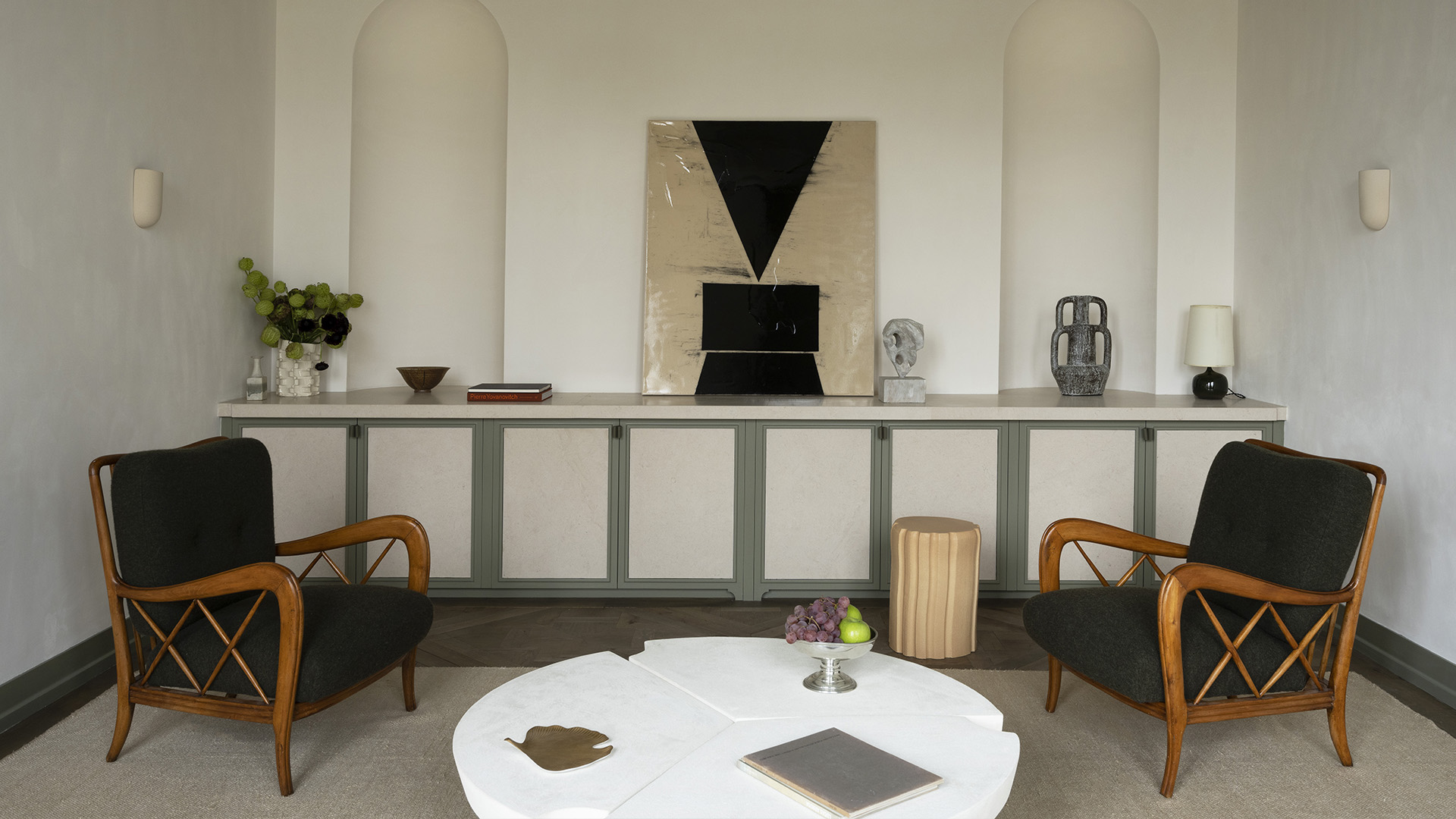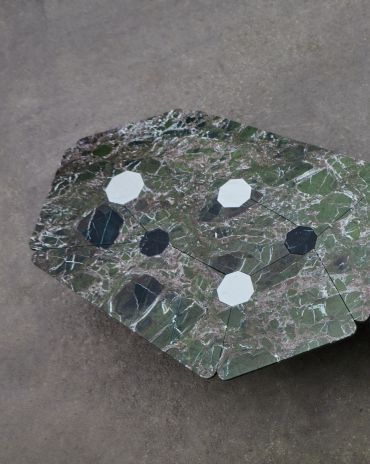Copyright © 2025 Motivate Media Group. All rights reserved.
In Paris, recently launched interior design studio After Bach has created an elegant refuge with a timeless feel for an art collecting couple
After their first project together, the duo joined forces by way of After Bach

When gallerist and decorator Jessica Berguig – who helms art gallery JAG – contacted designer and interior architect Francesco Balzano (founder of his eponymous atelier and former projects director for Joseph Dirand) to create some furniture pieces for the new Paris flagship of chocolate maker Damyel, no one anticipated that it would be the beginning of a new adventure. After the success of their first project together, the duo decided to join forces by way of After Bach, an interior design studio launched only a year and a half ago. The studio’s name refers to a solo album by pianist Brad Mehldau. “We strive to create spaces as music scores; they have to be precise and airy,” explains Balzano. This approach is exemplified perfectly through the studio’s second residential project. “We have the chance to be able to choose the projects we work on, and we really want to feel connected to them,” says Balzano, who adds that their intention is to focus on just a few interiors each year.

Located in the exceptional first arrondissement, this apartment occupies the third floor of a 17th-century listed building of five levels. “The homeowners, a French couple [who are] collectors and aesthetes, gave us carte blanche,” remembers Balzano. “Our vision consisted of giving the feeling that everything had been realised a long time ago, and reflecting a timeless touch throughout, with pure lines and an artistic workshop mood.” Built in one year and conceived as a pied-à-terre, the apartment comprises the main entrance, that acts as a gallery before giving access to a sublime enfilade made up of the kitchen – with a mirror that further accentuates the perspective effects – dining area, living room and library, which can be transformed into a guest space – all with abundant views of the Seine. “We drew this inspiration from how spaces are organised in an Italian palazzo and, for example, from Cy Twombly’s apartment in Rome,” says Balzano.

With the main bedroom and its bathroom containing a pair of basins and a made-to measure bathtub in solid stone, the private part of the home is oriented toward the Place Dauphine, providing an intimate feel. With this separation between the ‘day part’ and the ‘night part’, the team of After Bach wanted to create different experiences depending on the time of the day and how light comes into the rooms.

Minimal, historic and sculptural at the same time, this multifarious apartment, which was once home to an artist, uses emptiness as part of the design concept. “We opted for a natural and mineral colour and material palette – with ivory lime plaster and jute fabrics, stone in greige, bronze, and green lacquer – as a nod to the tone of the Seine,” says Balzano. “The objective was to shape a contemporary interior with Parisian visual codes.” The mix of fabrics and the dialogue between colours work flawlessly with After Bach’s approach to framing spaces. “Paintings by Balthus (1908-2001) were another influence for this project,” says Balzano, who was particularly inspired by this sentence from the artist: “True modernity lies in reinventing the past.”

The music of Keith Jarrett (a pianist who has been influenced by the likes of Brad Mehldau), too, stayed in Berguig and Balzano’s minds while they were designing this home.

In every nook of this pared-down yet warm refuge that honours its quintessentially Parisian location, all the carefully curated pieces of furniture – by Paolo Buffa, Goons, Studio Floris Wubben and Frédéric Imbert, among others – and art – by Camilla Reyman and Yuko Nishikawa from JAG gallery – dialogue and balance with the space itself, resulting in a complete symphony.

Photography by Vincent Leroux
The Latest
Past Reveals Future
Maison&Objet Paris returns from 15 to 19 January 2026 under the banner of excellence and savoir-faire
Sensory Design
Designed by Wangan Studio, this avant-garde space, dedicated to care, feels like a contemporary art gallery
Winner’s Panel with IF Hub
identity gathered for a conversation on 'The Art of Design - Curation and Storytelling'.
Building Spaces That Endure
identity hosted a panel in collaboration with GROHE.
Asterite by Roula Salamoun
Capturing a moment of natural order, Asterite gathers elemental fragments into a grounded formation.
Maison Aimée Opens Its New Flagship Showroom
The Dubai-based design house opens its new showroom at the Kia building in Al Quoz.
Crafting Heritage: David and Nicolas on Abu Dhabi’s Equestrian Spaces
Inside the philosophy, collaboration, and vision behind the Equestrian Library and Saddle Workshop.
Contemporary Sensibilities, Historical Context
Mario Tsai takes us behind the making of his iconic piece – the Pagoda
Nebras Aljoaib Unveils a Passage Between Light and Stone
Between raw stone and responsive light, Riyadh steps into a space shaped by memory and momentum.
Reviving Heritage
Qasr Bin Kadsa in Baljurashi, Al-Baha, Saudi Arabia will be restored and reimagined as a boutique heritage hotel
Alserkal x Design Miami: A Cultural Bridge for Collectible Design
Alserkal and Design Miami announce one of a kind collaboration.
Minotticucine Opens its First Luxury Kitchen Showroom in Dubai
The brand will showcase its novelties at the Purity showroom in Dubai
















